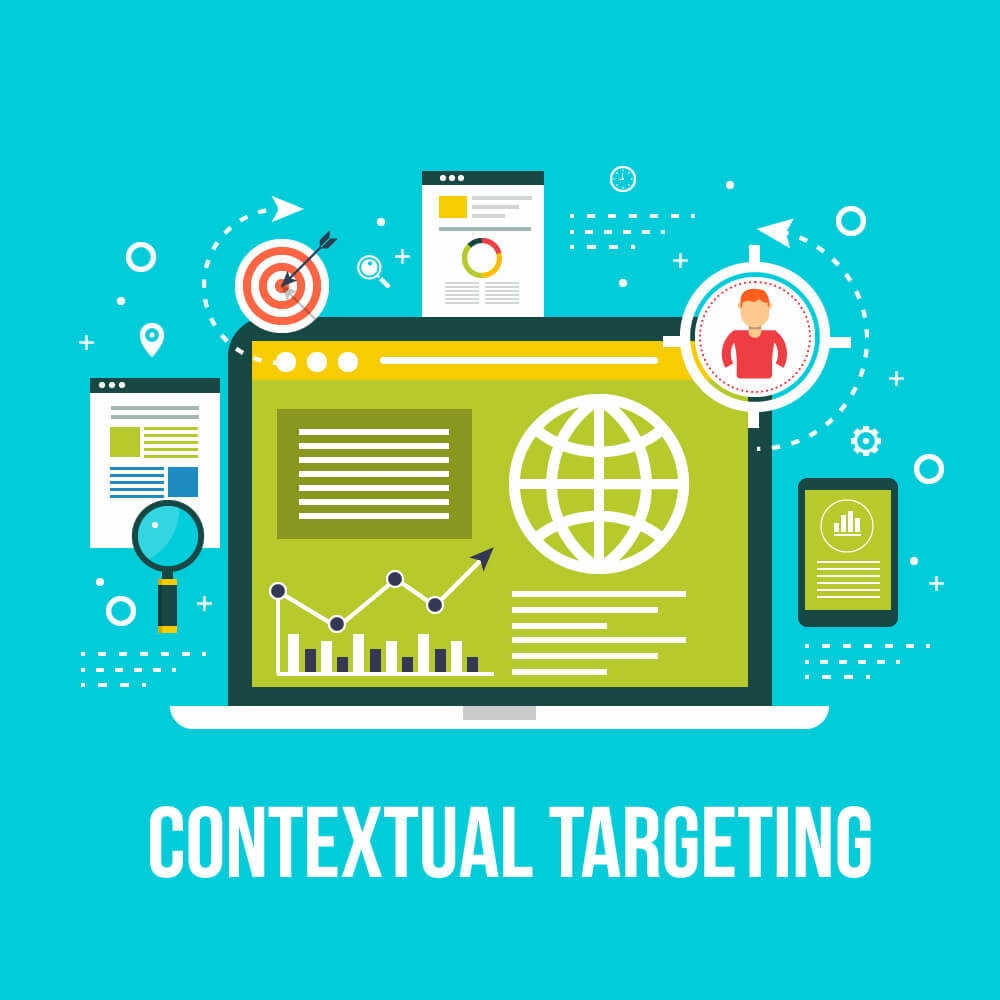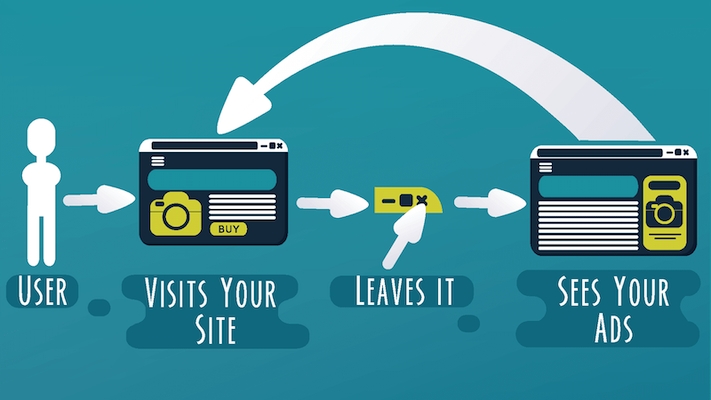Contextual Targeting 101: Understanding the Basics and Benefits for Marketers
In the ever-evolving landscape of digital marketing, the importance of targeting the right audience cannot be overstated. Marketers are constantly seeking effective ways to reach their desired consumers with relevant messages and content. Contextual targeting has emerged as a powerful tool in this regard, offering marketers a means to connect with audiences based on the context of their online behavior and interests. In this comprehensive guide, we will delve into the fundamentals of contextual targeting, its mechanics, benefits, and how marketers can leverage it to enhance their campaigns.

Understanding Contextual Targeting
Contextual targeting is a marketing strategy that involves delivering advertisements to users based on the content they are consuming or the context of their online activity. Unlike demographic or behavioral targeting, which rely on specific user data, contextual targeting focuses on the context of the content being viewed. This can include factors such as keywords, topics, website categories, and page context.
At its core, contextual targeting aims to match ads with relevant content, ensuring that they are presented in environments that are contextually appropriate and likely to resonate with the target audience. For example, a sports brand might use contextual targeting to place ads on websites or articles related to sports, fitness, or outdoor activities.

The Mechanics of Contextual Targeting
The process of contextual targeting involves several key steps:
Content Analysis:
Marketers use sophisticated algorithms and machine learning technologies to analyze the content of websites, pages, and articles. This analysis involves identifying keywords, topics, themes, and other contextual cues that provide insights into the nature of the content.

Keyword Mapping:
Once the content has been analyzed, marketers create keyword maps or lists that represent the topics, themes, and keywords relevant to their target audience and advertising objectives. These keyword lists serve as the foundation for contextual targeting campaigns.
Ad Placement:
Using ad platforms and networks, marketers select the keywords, topics, or categories they want to target with their ads. The ad platform then matches these targeting criteria with the content being viewed by users in real-time, ensuring that ads are displayed in relevant contexts.

Optimization:
Contextual targeting campaigns are continuously monitored and optimized to maximize performance and relevance. Marketers analyze data such as click-through rates, conversion rates, and engagement metrics to refine their targeting strategies and improve campaign outcomes.
Benefits of Contextual Targeting for Marketers
Contextual targeting offers several key benefits for marketers:
Relevance:
By targeting ads based on the context of the content being consumed, marketers can ensure that their messages are relevant and timely. This increases the likelihood that users will engage with the ads and take desired actions.

Brand Safety:
Contextual targeting allows marketers to control where their ads are displayed, reducing the risk of appearing alongside inappropriate or sensitive content. This helps protect brand reputation and integrity.
Increased ROI:
By delivering ads in contextually relevant environments, marketers can improve the effectiveness of their campaigns and achieve higher returns on investment. Contextually targeted ads are more likely to resonate with users and drive meaningful interactions.

Improved User Experience:
Contextual targeting ensures that ads are integrated seamlessly into the user experience, enhancing rather than disrupting the browsing experience. When ads are relevant and non-intrusive, users are more likely to engage with them positively.
Compliance and Privacy:
Contextual targeting relies on contextual data rather than personal information, making it less susceptible to privacy concerns and regulatory restrictions. This makes it an attractive option for marketers seeking to navigate the evolving landscape of data privacy regulations.

Tips for Leveraging Contextual Targeting
To maximize the effectiveness of contextual targeting campaigns, marketers should keep the following tips in mind:
Understand Your Audience:
Take the time to research and understand your target audience's interests, preferences, and online behavior. This will help you create relevant keyword lists and targeting criteria that resonate with your audience.

Refine Your Keywords:
Continuously monitor and refine your keyword lists based on performance data and changing market trends. Experiment with different keywords and targeting criteria to optimize campaign outcomes.
Test and Iterate:
Don't be afraid to experiment with different ad creatives, messaging, and targeting strategies. Test different approaches and iterate based on performance data to find what works best for your audience.

Monitor Brand Safety:
Stay vigilant and monitor where your ads are being displayed to ensure brand safety. Use tools and technologies to blacklist or whitelist specific websites or content categories as needed.
Stay Compliant:
Keep abreast of evolving regulations and best practices related to data privacy and compliance. Ensure that your contextual targeting strategies align with relevant laws and guidelines to mitigate risks and maintain consumer trust.

Conclusion
In an era of increasing ad saturation and consumer skepticism, contextual targeting offers marketers a valuable opportunity to connect with audiences in meaningful and relevant ways. By understanding the basics of contextual targeting and leveraging its benefits effectively, marketers can enhance the performance of their campaigns, drive engagement, and achieve their business objectives. As technology continues to evolve and consumer preferences shift, contextual targeting will remain a vital tool in the marketer's arsenal, enabling them to navigate the complexities of the digital landscape with confidence and success.







.png)






